 April 14, 1986: The “low-cost” Macintosh 512Ke brings hardware upgrades — and a bit of confusion — to the low end of the Mac lineup.
April 14, 1986: The “low-cost” Macintosh 512Ke brings hardware upgrades — and a bit of confusion — to the low end of the Mac lineup.
The Mac 512Ke is an “enhanced” (hence the “e”) model of the Mac 512K. The upgrade addresses complaints that the original Mac lacked enough memory. The 512Ke adds a double-density 800KB floppy drive and a 128KB ROM to the Mac 512K formula.
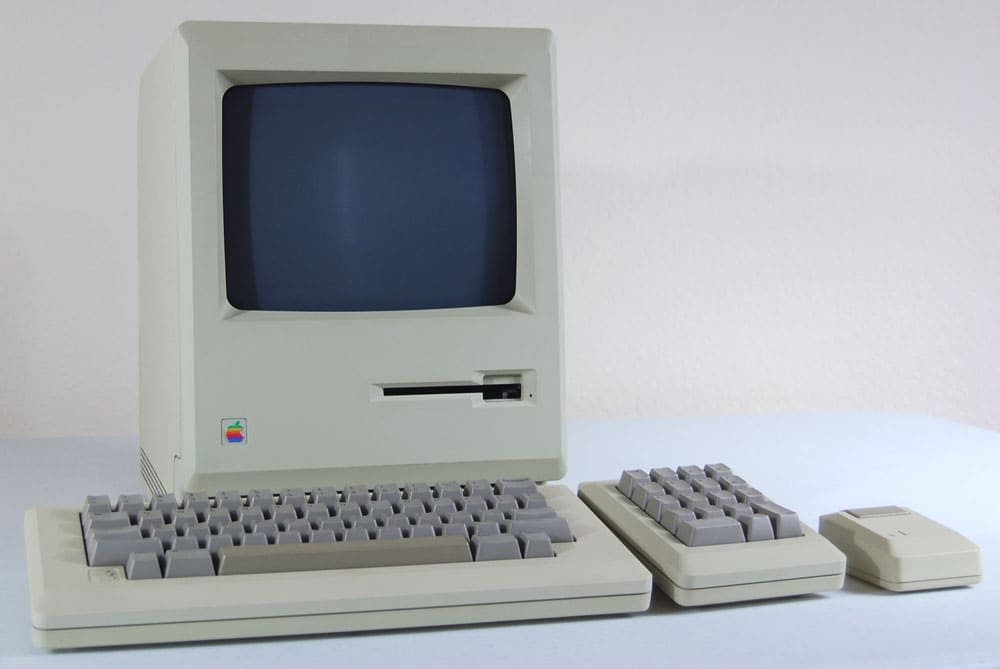


 April 10, 1985: During a fateful meeting, Apple CEO John Sculley threatens to resign unless the company’s board of directors removes Steve Jobs as executive VP and general manager of the Macintosh division.
April 10, 1985: During a fateful meeting, Apple CEO John Sculley threatens to resign unless the company’s board of directors removes Steve Jobs as executive VP and general manager of the Macintosh division.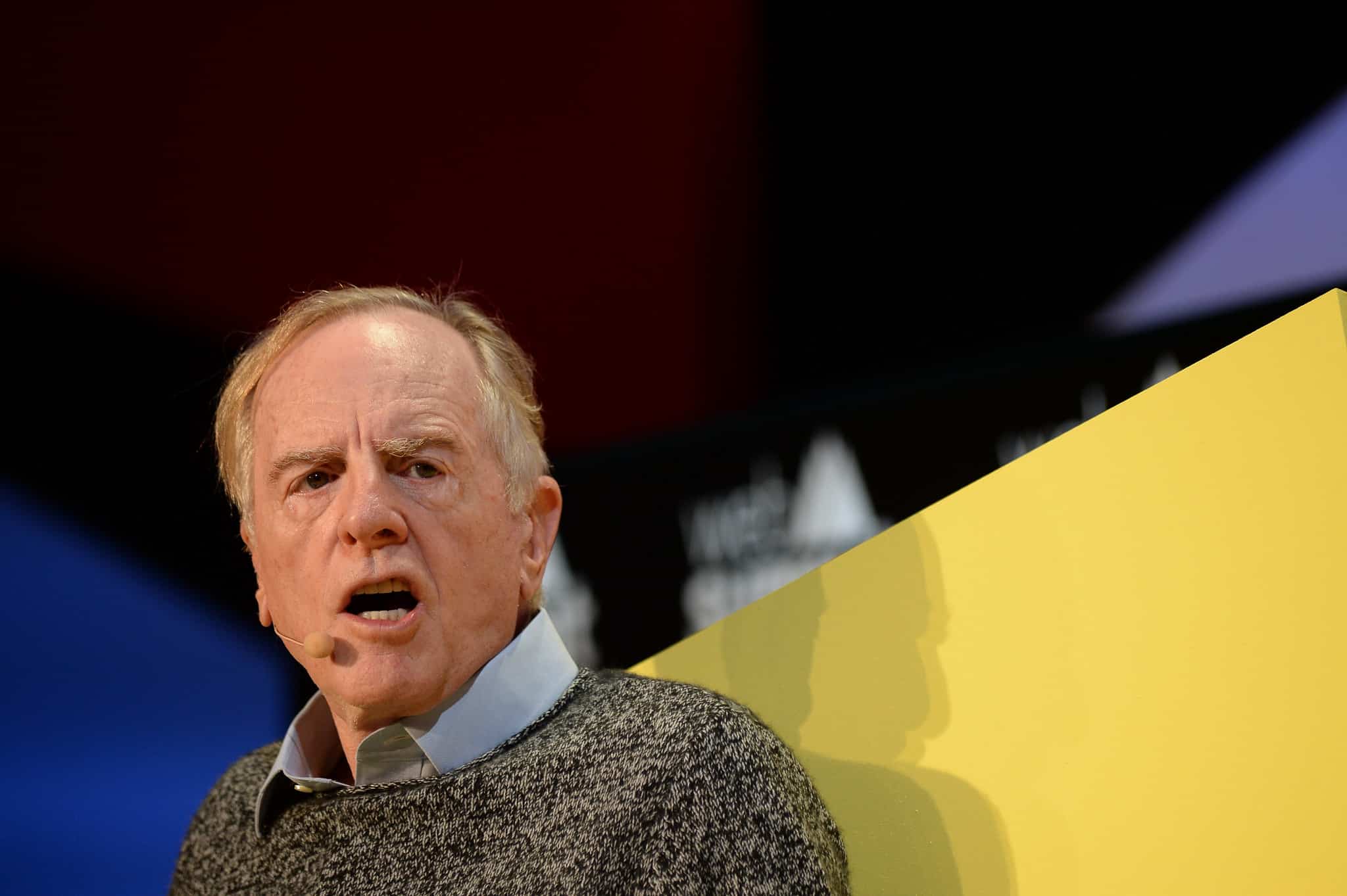
 April 8, 1983:
April 8, 1983: 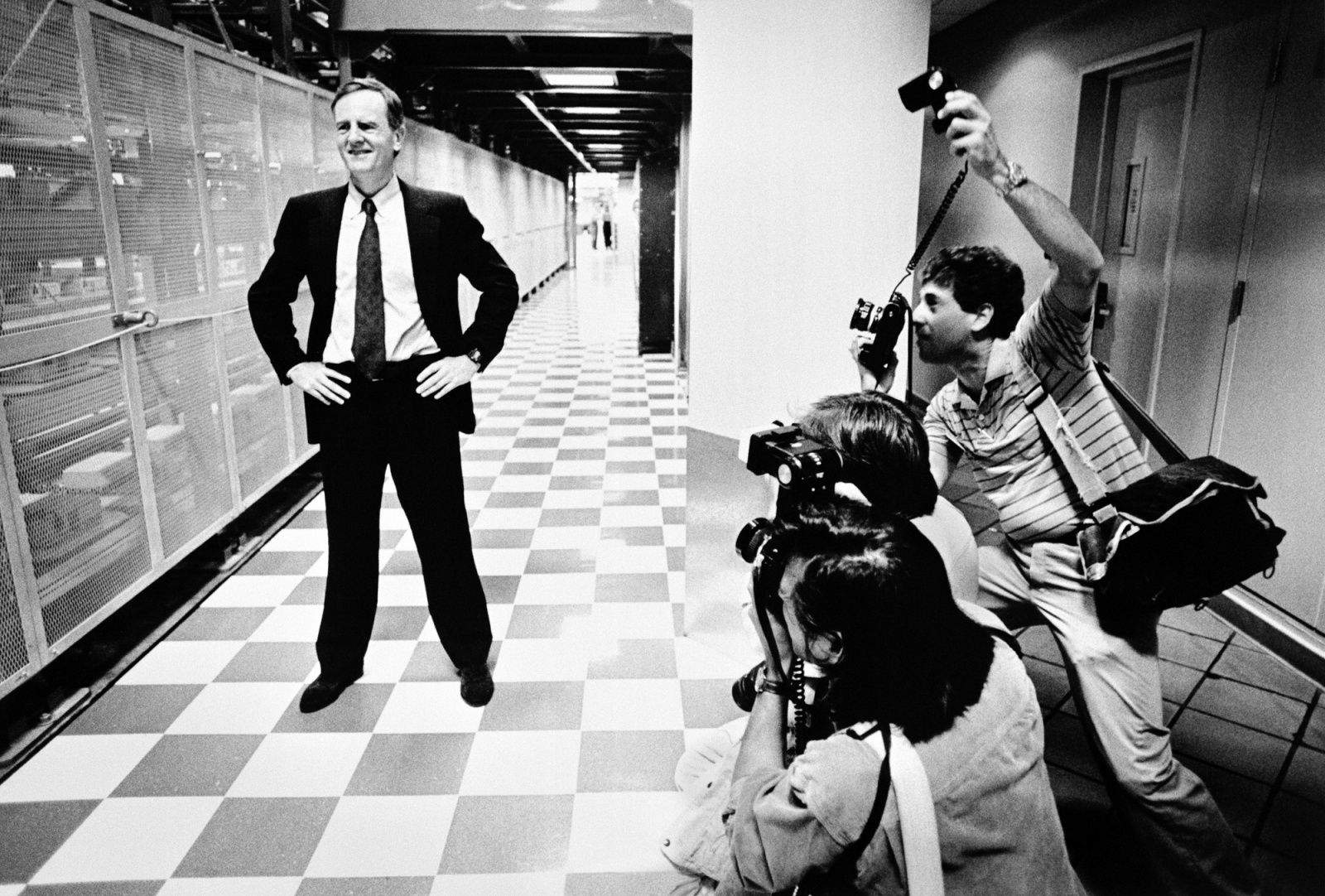
 April 6, 1939: John Sculley is born in New York City. He will grow up to be hailed as a business and marketing genius, eventually overseeing Apple’s transformation into the most profitable personal computer company in the world.
April 6, 1939: John Sculley is born in New York City. He will grow up to be hailed as a business and marketing genius, eventually overseeing Apple’s transformation into the most profitable personal computer company in the world.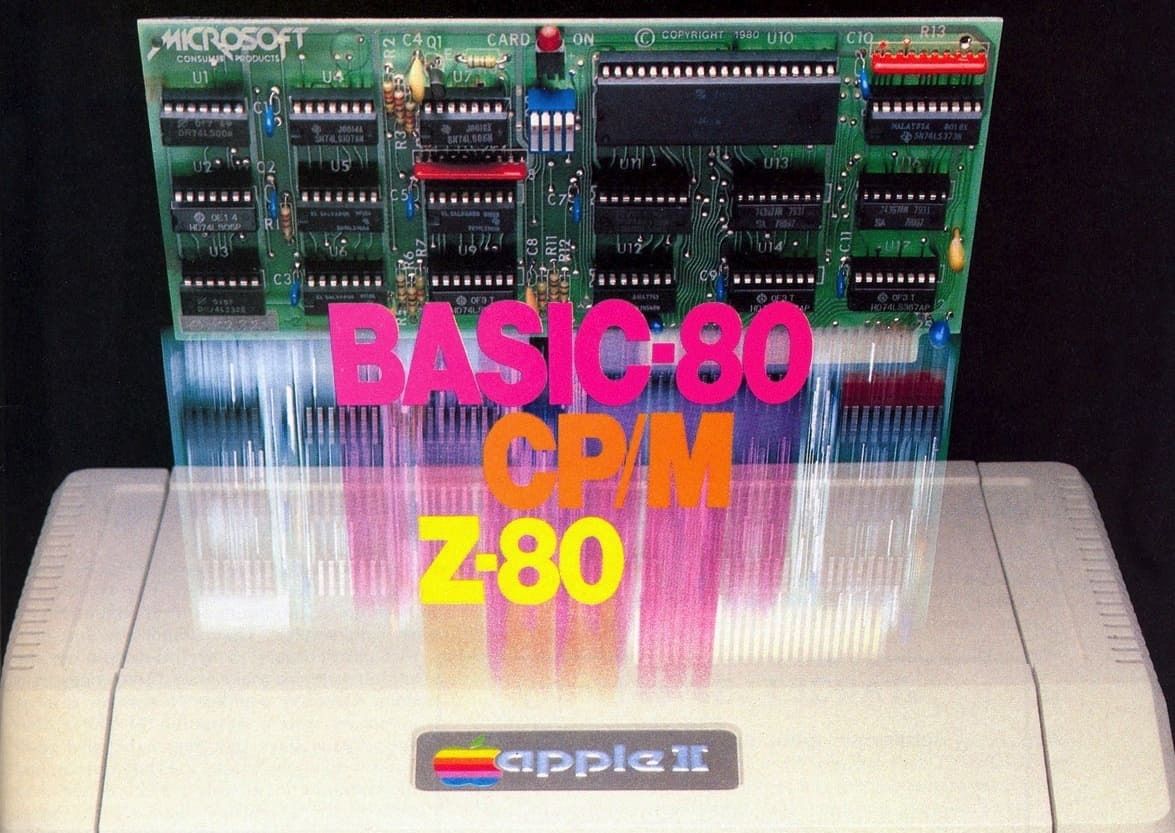
 April 2, 1980: Microsoft releases its first hardware product, the Z-80 SoftCard. A microprocessor card that plugs into the
April 2, 1980: Microsoft releases its first hardware product, the Z-80 SoftCard. A microprocessor card that plugs into the 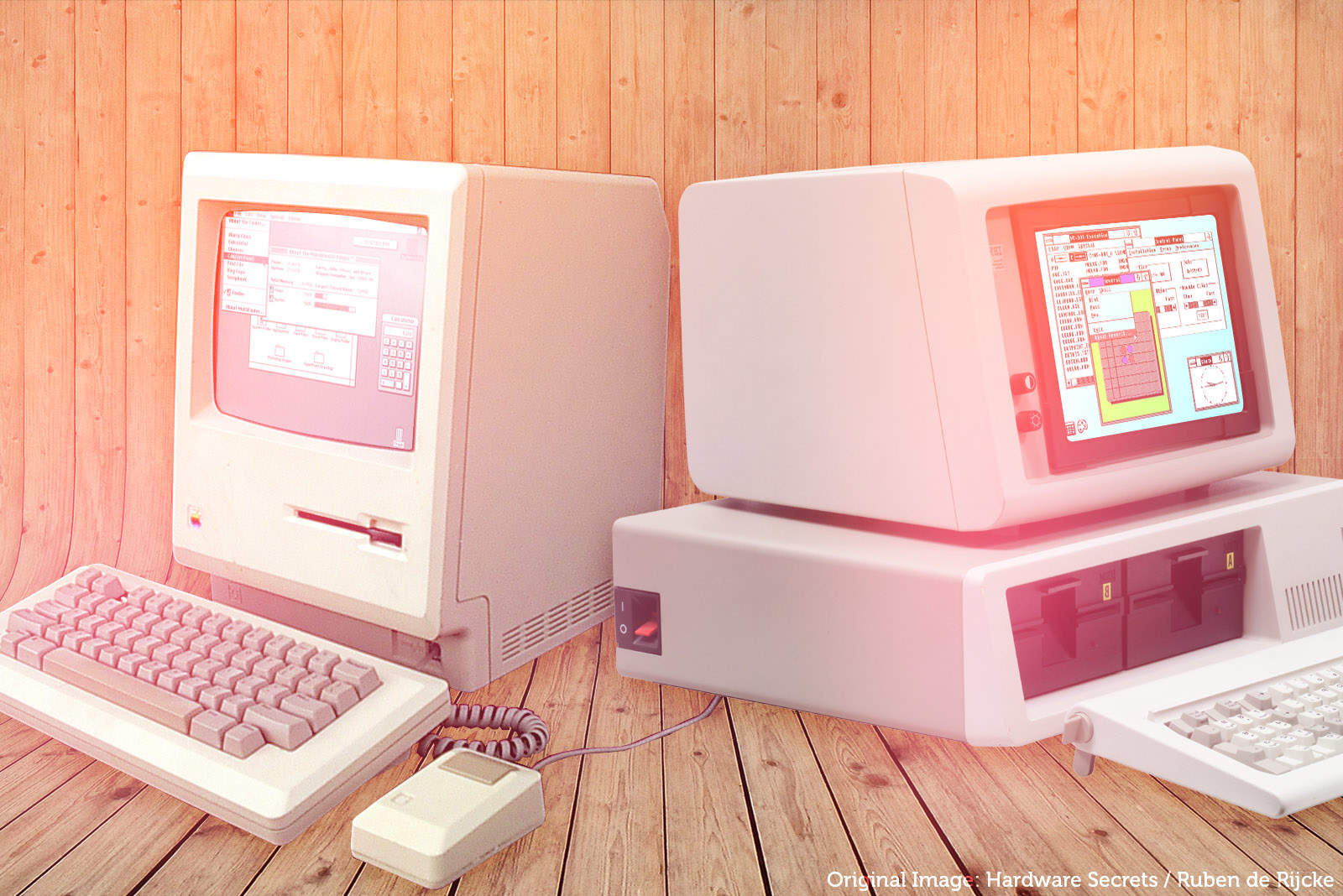
 March 17, 1988: Apple sues Microsoft for allegedly stealing 189 different elements of its Macintosh operating system to create Windows 2.0.
March 17, 1988: Apple sues Microsoft for allegedly stealing 189 different elements of its Macintosh operating system to create Windows 2.0.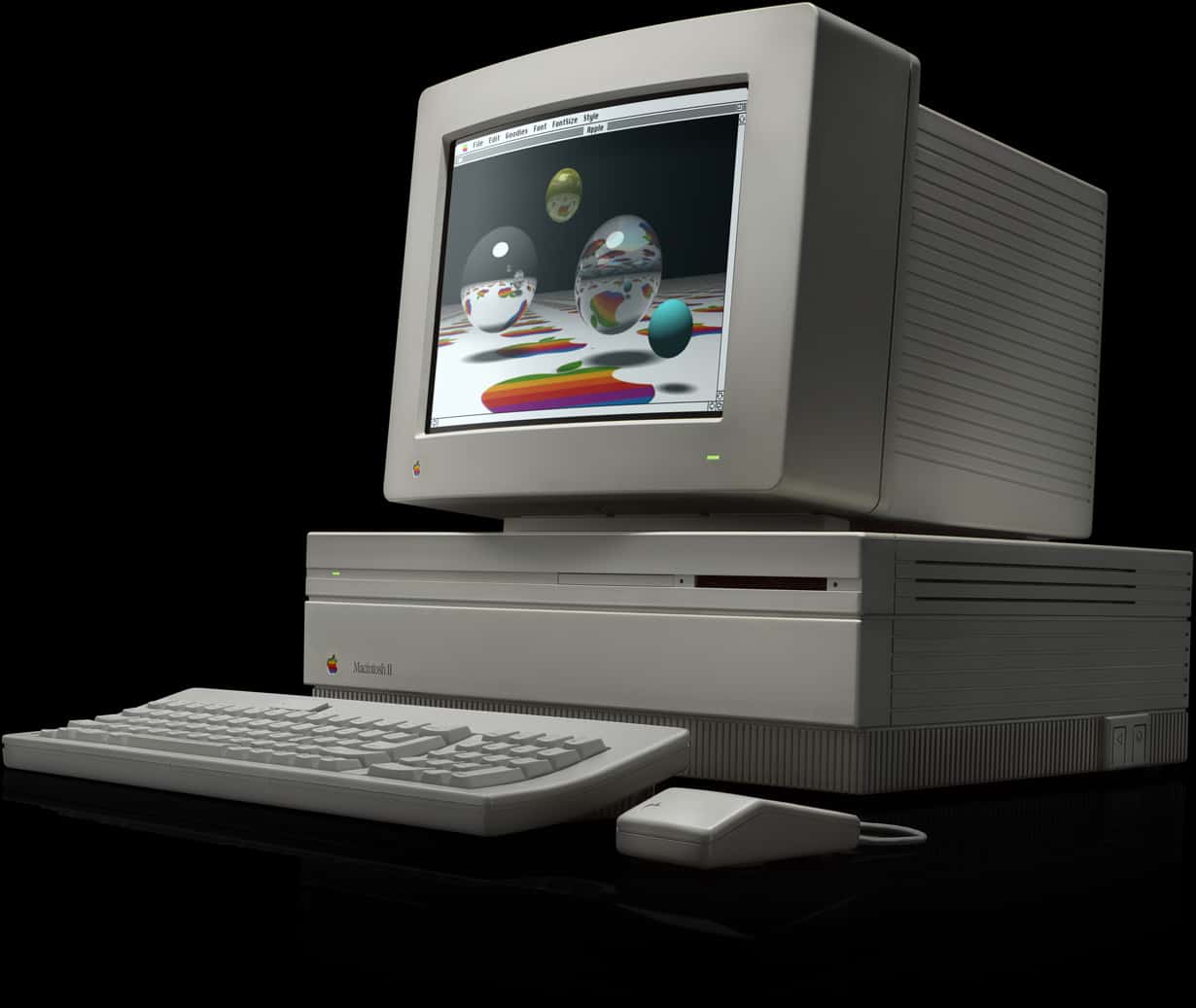
 March 2, 1987: Three years after
March 2, 1987: Three years after 
 February 25, 1981: Apple CEO Michael Scott oversees a mass firing of employees, then holds a massive party. The Apple layoffs follow a hiring boom that led to what Scott called a “bozo explosion” at the company. They also stand as an early sign that the fun startup culture of Apple’s early days are gone forever.
February 25, 1981: Apple CEO Michael Scott oversees a mass firing of employees, then holds a massive party. The Apple layoffs follow a hiring boom that led to what Scott called a “bozo explosion” at the company. They also stand as an early sign that the fun startup culture of Apple’s early days are gone forever.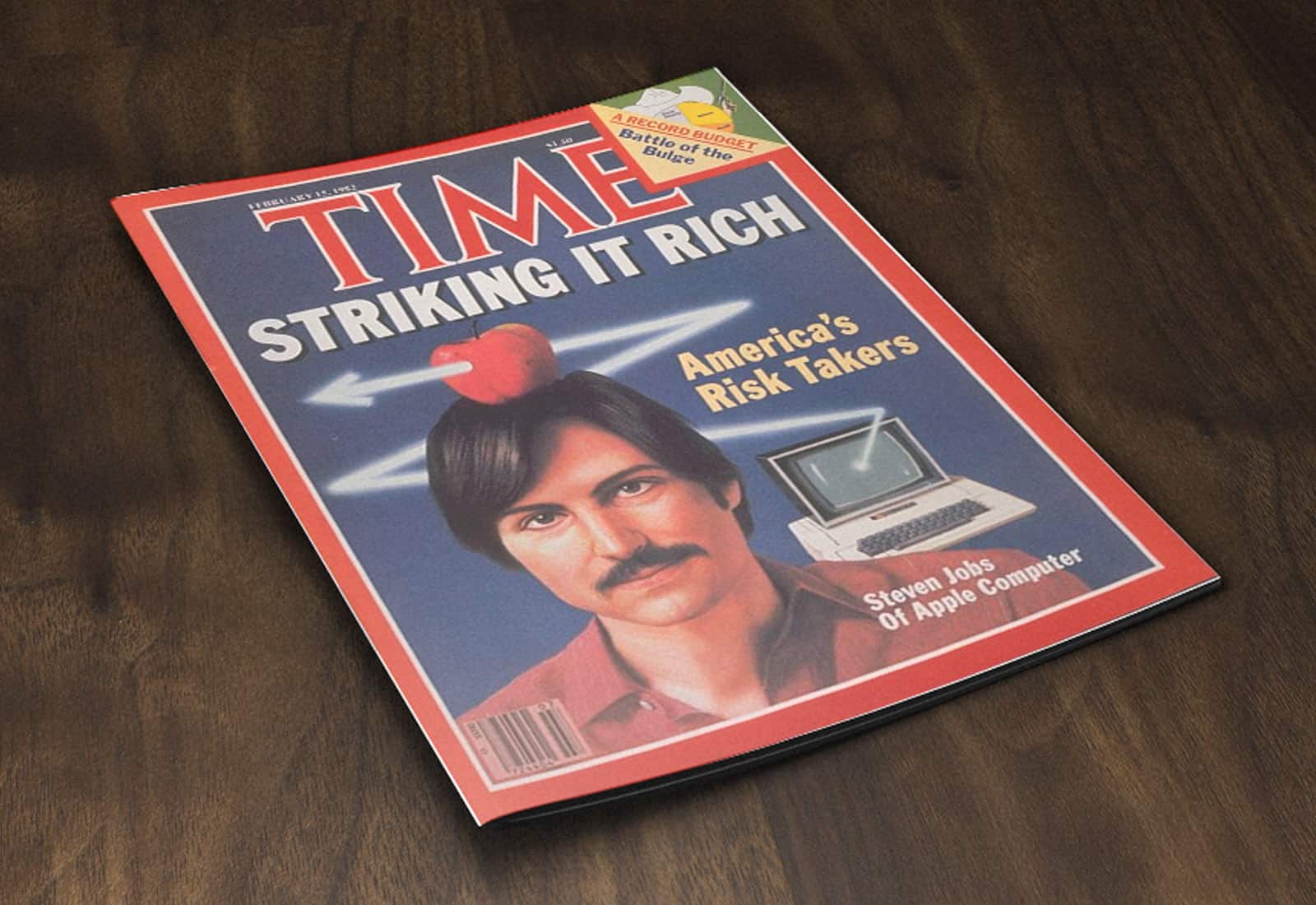
 February 15, 1982: Apple co-founder Steve Jobs appears on the front cover of Time magazine for the first time. The lengthy cover story makes Jobs the public face of successful tech entrepreneurship.
February 15, 1982: Apple co-founder Steve Jobs appears on the front cover of Time magazine for the first time. The lengthy cover story makes Jobs the public face of successful tech entrepreneurship.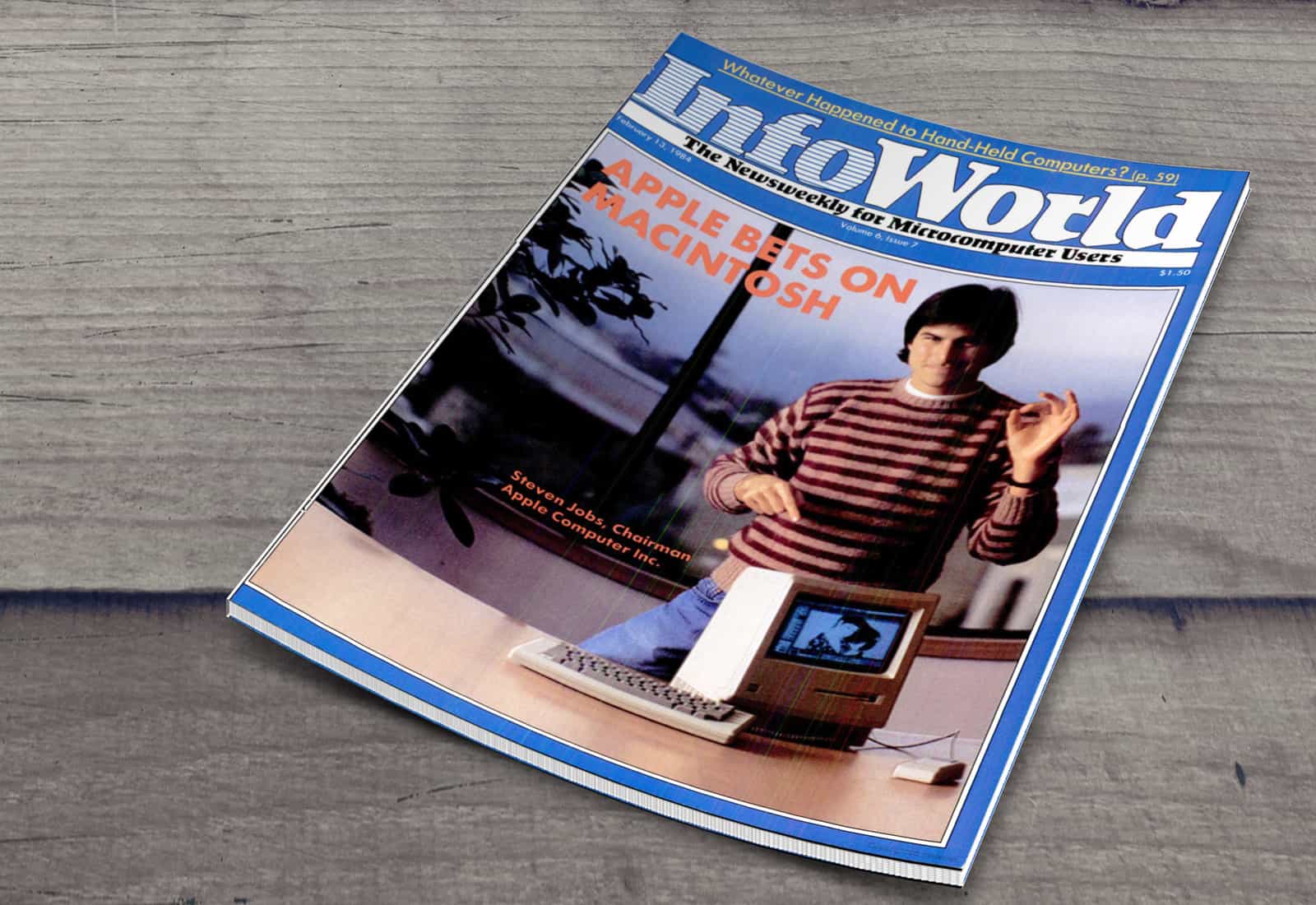
 February 13, 1984: The first Mac’s launch generates enormous excitement from the tech press, as epitomized by an InfoWorld cover story about the Macintosh 128K.
February 13, 1984: The first Mac’s launch generates enormous excitement from the tech press, as epitomized by an InfoWorld cover story about the Macintosh 128K.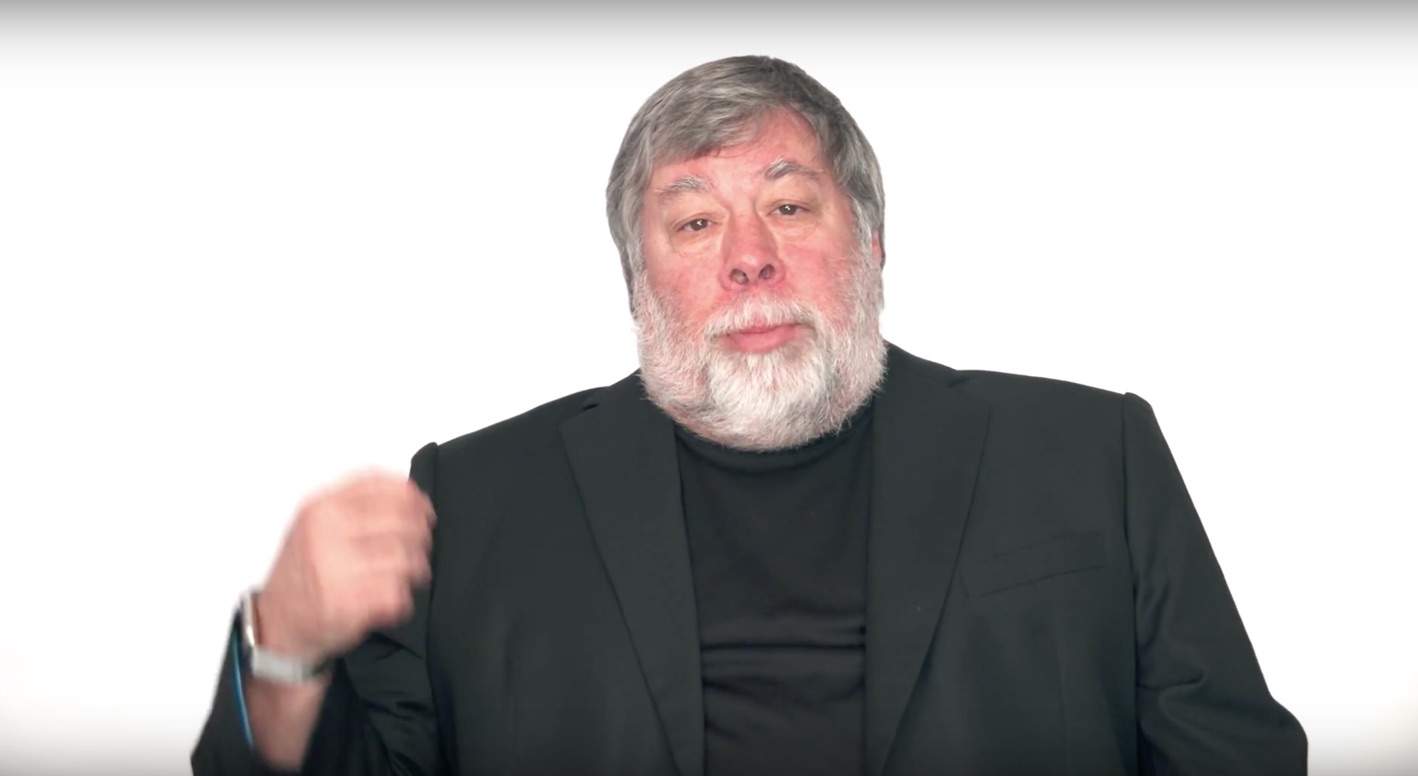
 February 7, 1981: Apple co-founder Steve Wozniak is involved in a serious plane crash in California, resulting in his first lengthy leave of absence from the company.
February 7, 1981: Apple co-founder Steve Wozniak is involved in a serious plane crash in California, resulting in his first lengthy leave of absence from the company.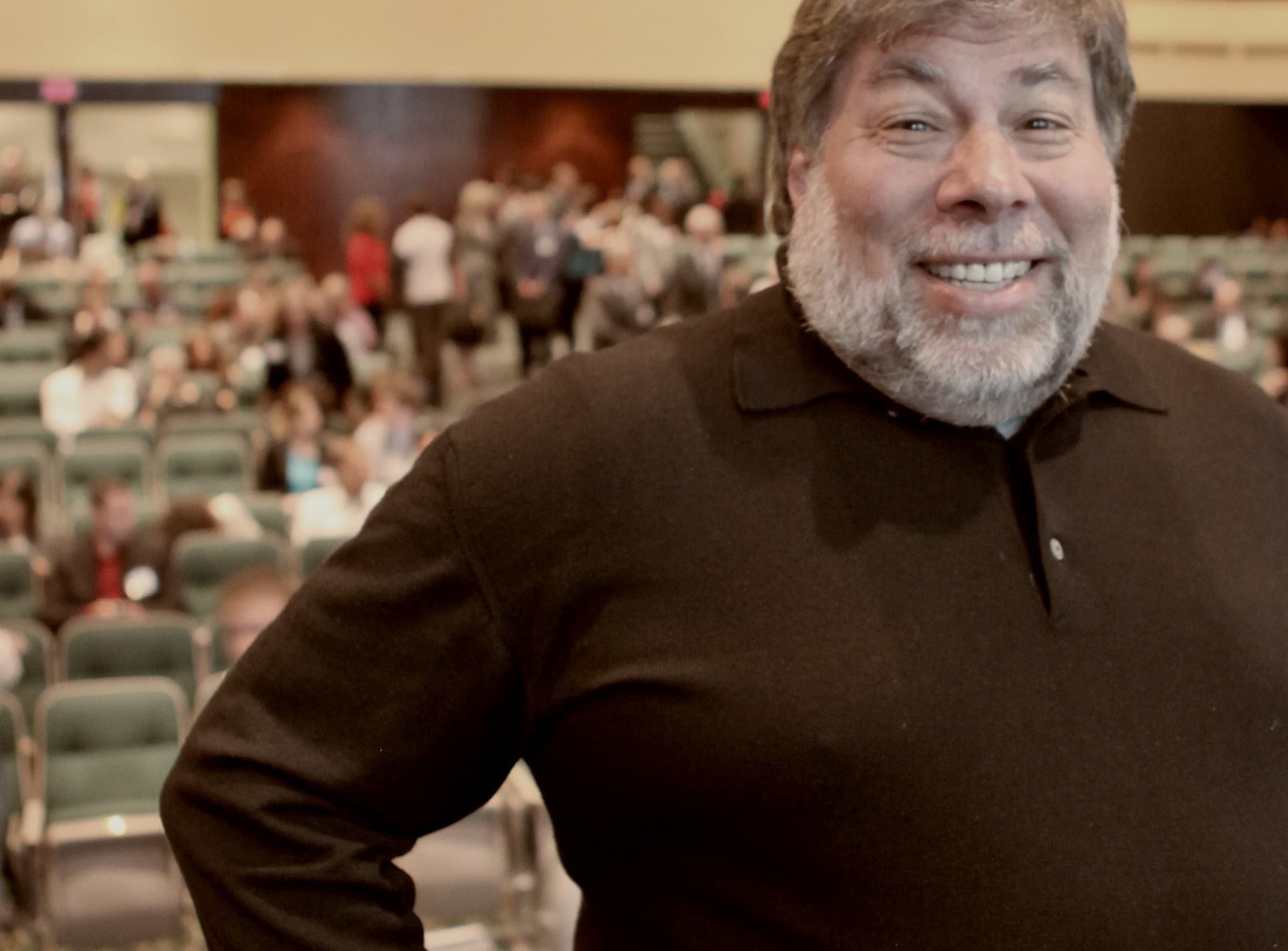
 February 6, 1985: Frustrated by Apple’s shifting priorities, co-founder Steve Wozniak leaves the company to pursue outside interests.
February 6, 1985: Frustrated by Apple’s shifting priorities, co-founder Steve Wozniak leaves the company to pursue outside interests.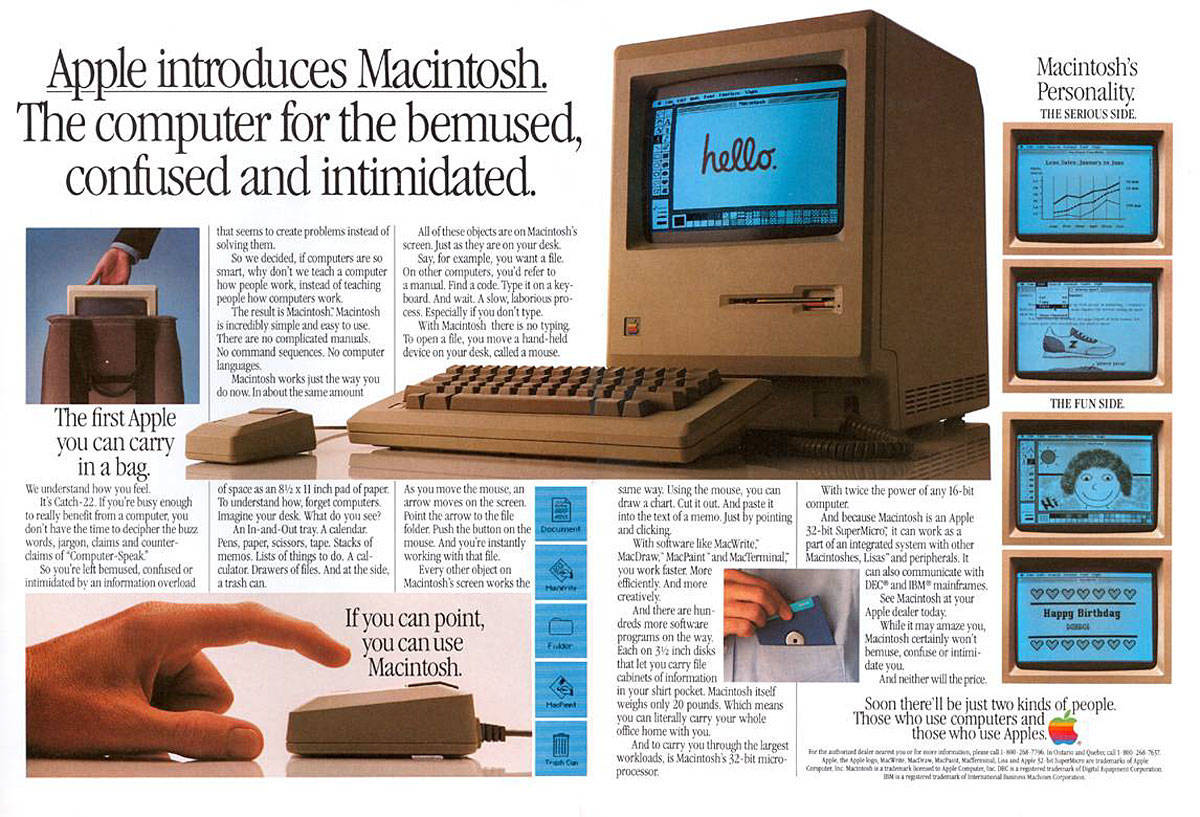
 January 24, 1984: Apple ships its first Mac, the mighty Macintosh 128K.
January 24, 1984: Apple ships its first Mac, the mighty Macintosh 128K.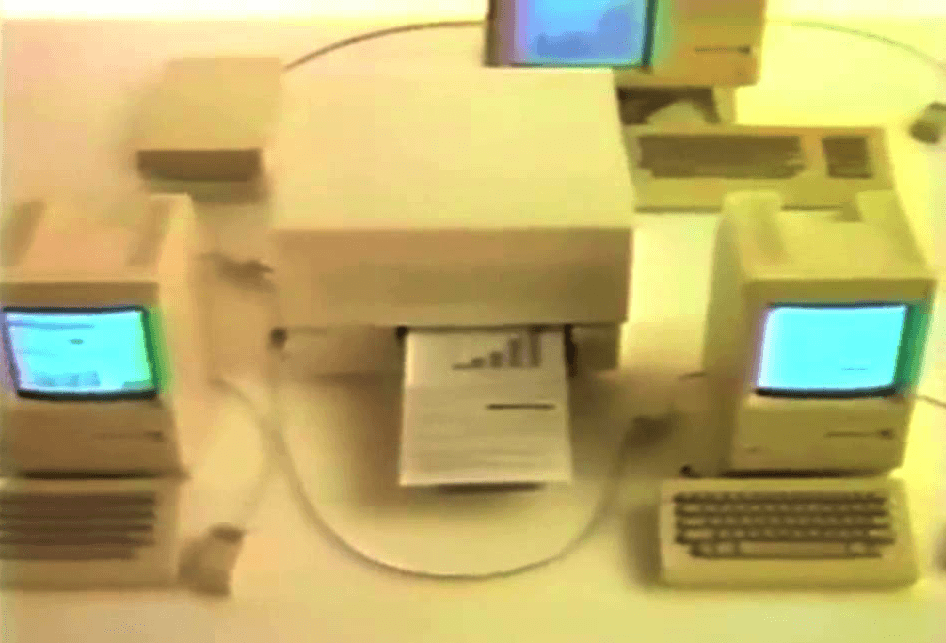
 January 23, 1985: Apple introduces The Macintosh Office, a combination of hardware and software that represents the company’s first real attempt at cracking the business market dominated by IBM.
January 23, 1985: Apple introduces The Macintosh Office, a combination of hardware and software that represents the company’s first real attempt at cracking the business market dominated by IBM.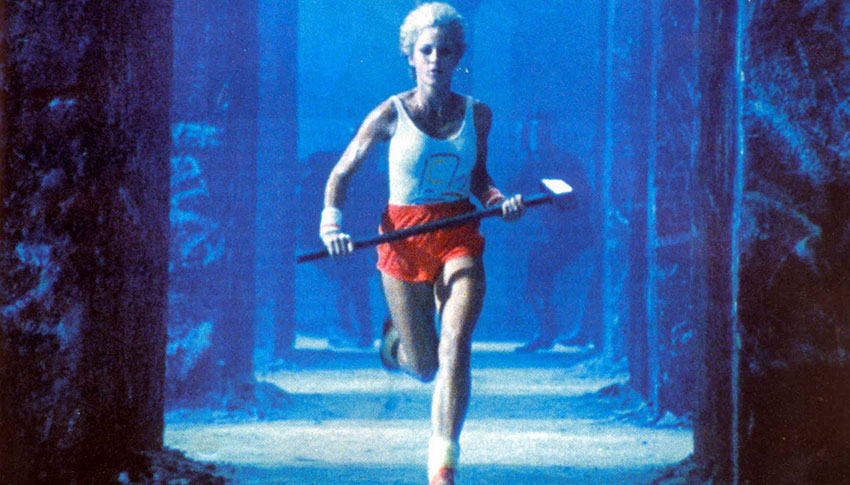
 January 22, 1984: Apple’s stunning “1984” commercial for the Macintosh 128K airs on CBS during the third quarter of Super Bowl XVIII. Its dystopian theme and epic visuals pitch the Mac as a revolutionary computer coming to smash the status quo.
January 22, 1984: Apple’s stunning “1984” commercial for the Macintosh 128K airs on CBS during the third quarter of Super Bowl XVIII. Its dystopian theme and epic visuals pitch the Mac as a revolutionary computer coming to smash the status quo.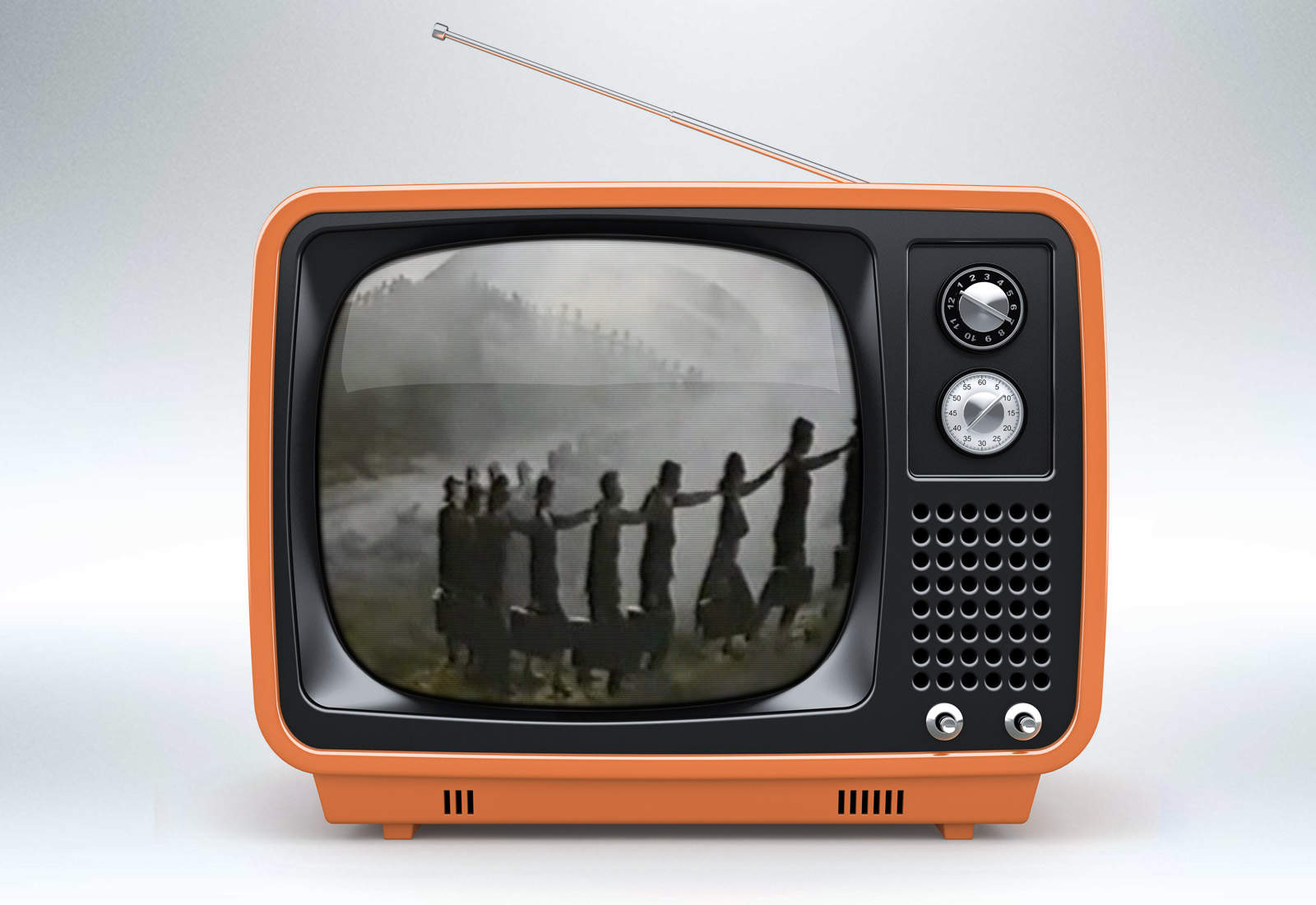
 January 20, 1985: Attempting to build on the triumph of the previous year’s “1984” Macintosh commercial, Apple deploys another dystopian Super Bowl commercial. The new Apple ad, titled “Lemmings,” promotes the company’s upcoming business platform, called The Macintosh Office.
January 20, 1985: Attempting to build on the triumph of the previous year’s “1984” Macintosh commercial, Apple deploys another dystopian Super Bowl commercial. The new Apple ad, titled “Lemmings,” promotes the company’s upcoming business platform, called The Macintosh Office.
 January 19, 1989: Apple introduces the Macintosh SE/30, arguably the greatest of the classic compact Macs with black-and-white screens.
January 19, 1989: Apple introduces the Macintosh SE/30, arguably the greatest of the classic compact Macs with black-and-white screens.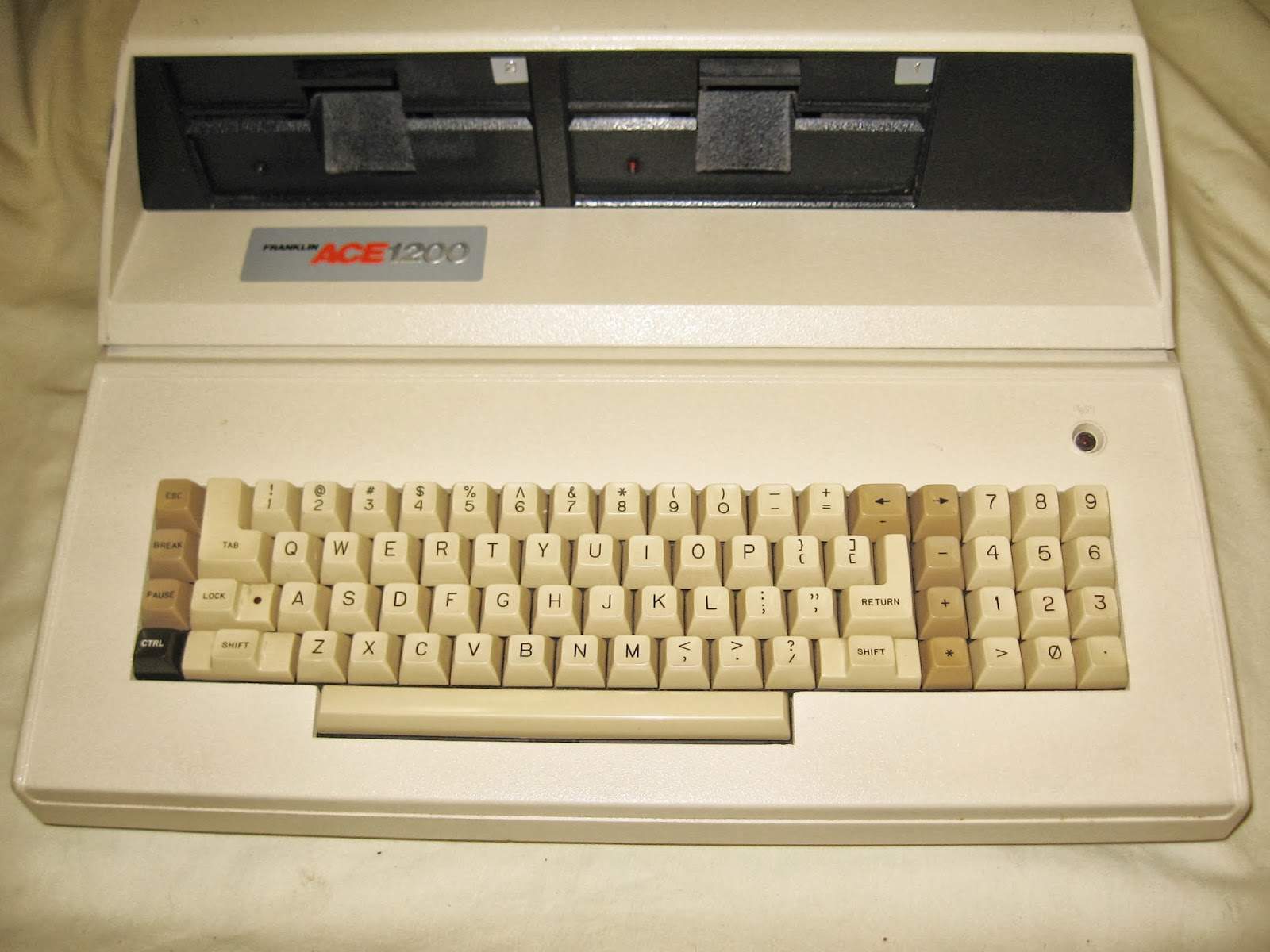
 January 18, 1983: Computer manufacturer Franklin Electronic Publishers takes the wraps off its Franklin Ace 1200 computer, an unauthorized Apple II clone that triggers an important legal battle.
January 18, 1983: Computer manufacturer Franklin Electronic Publishers takes the wraps off its Franklin Ace 1200 computer, an unauthorized Apple II clone that triggers an important legal battle. January 17, 1984: A week before its famous airing during Super Bowl XVIII, Apple’s iconic “1984” commercial debuts as a trailer in movie theaters. To hype its revolutionary new Macintosh computer, Apple buys several months of promotion from theatrical ad distributor ScreenVision.
January 17, 1984: A week before its famous airing during Super Bowl XVIII, Apple’s iconic “1984” commercial debuts as a trailer in movie theaters. To hype its revolutionary new Macintosh computer, Apple buys several months of promotion from theatrical ad distributor ScreenVision.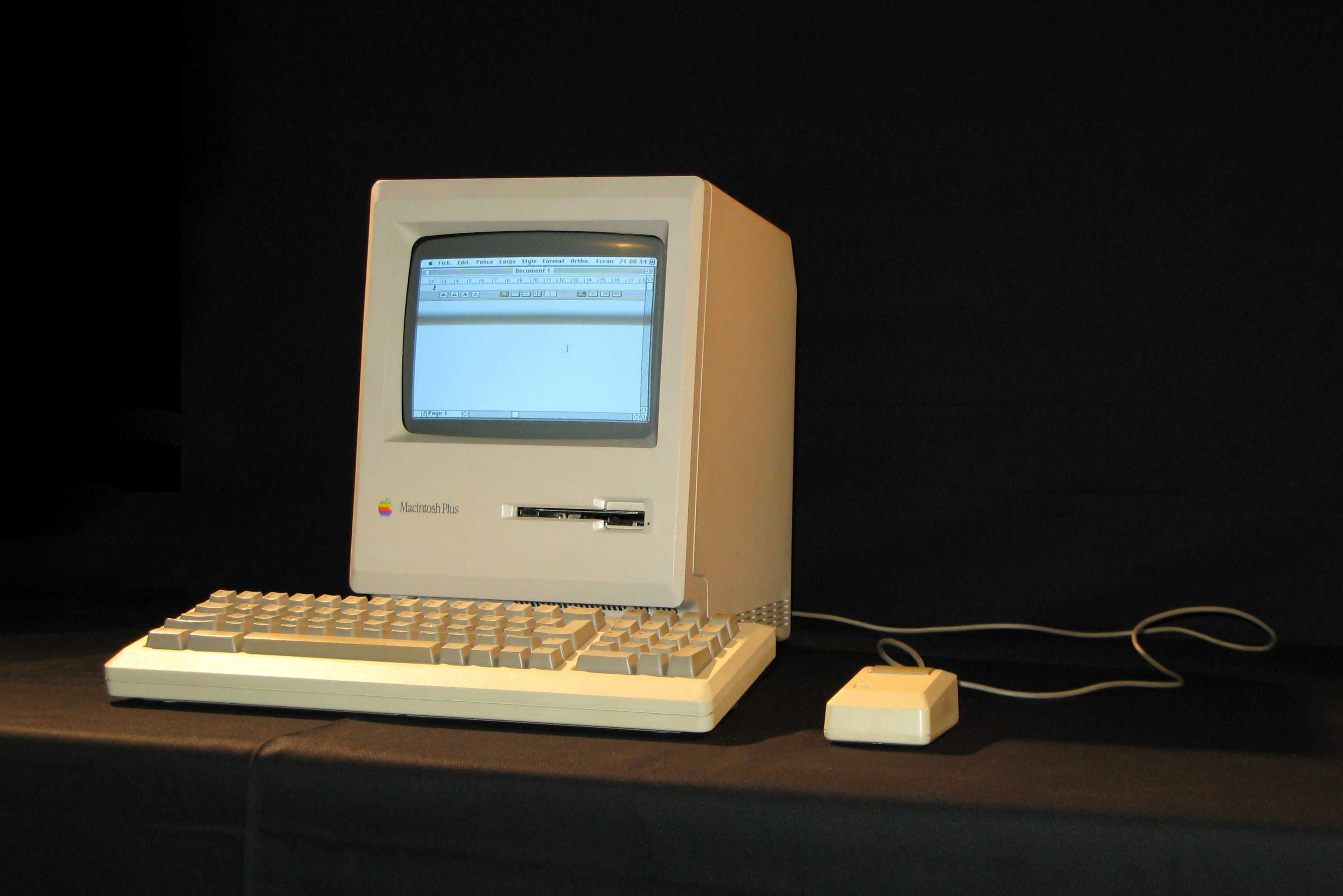
 January 16, 1986: Apple introduces the Macintosh Plus, its third Mac model and the first to be released after Steve Jobs was
January 16, 1986: Apple introduces the Macintosh Plus, its third Mac model and the first to be released after Steve Jobs was 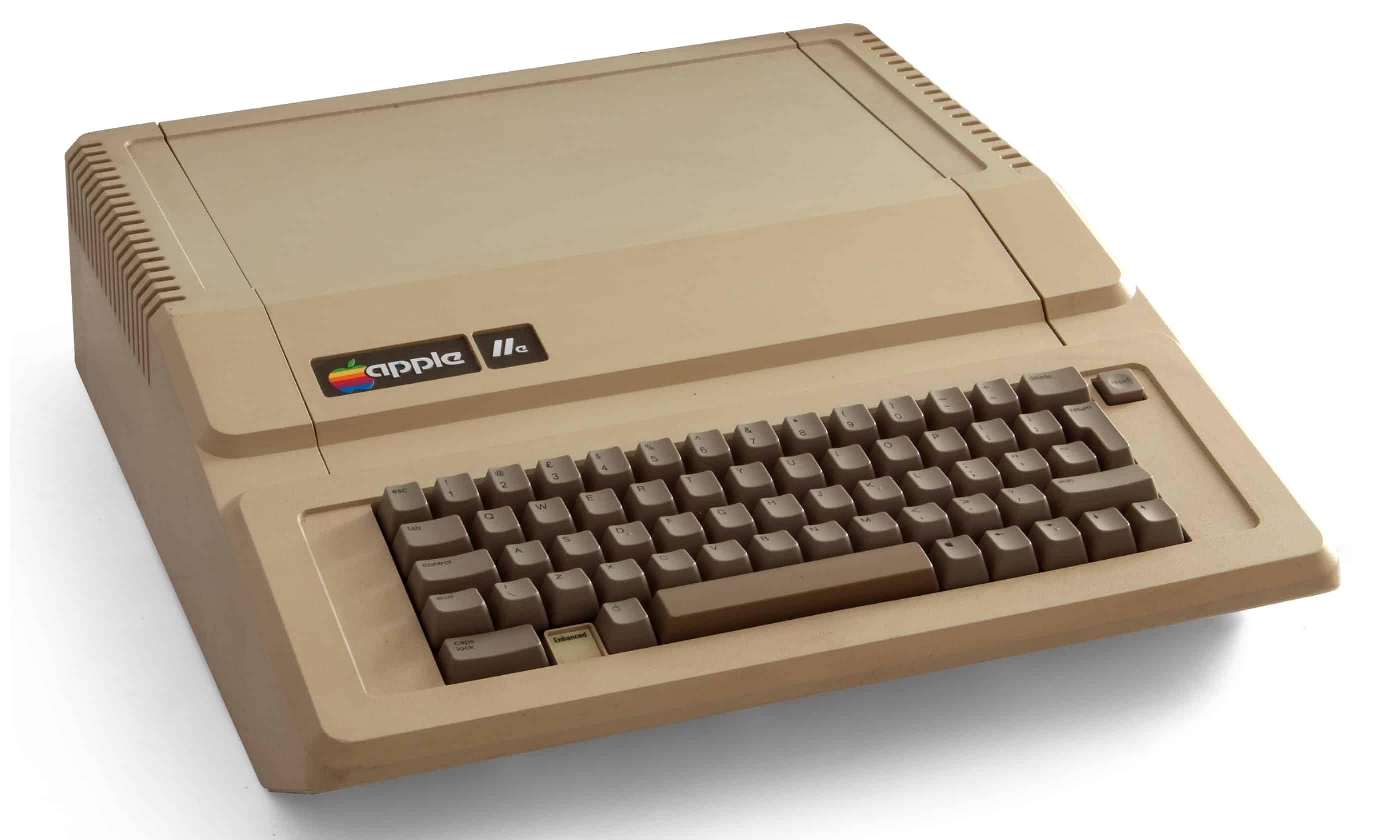
 January 1, 1983: Apple launches the Apple IIe, the third model in the Apple II series — and the last before the
January 1, 1983: Apple launches the Apple IIe, the third model in the Apple II series — and the last before the 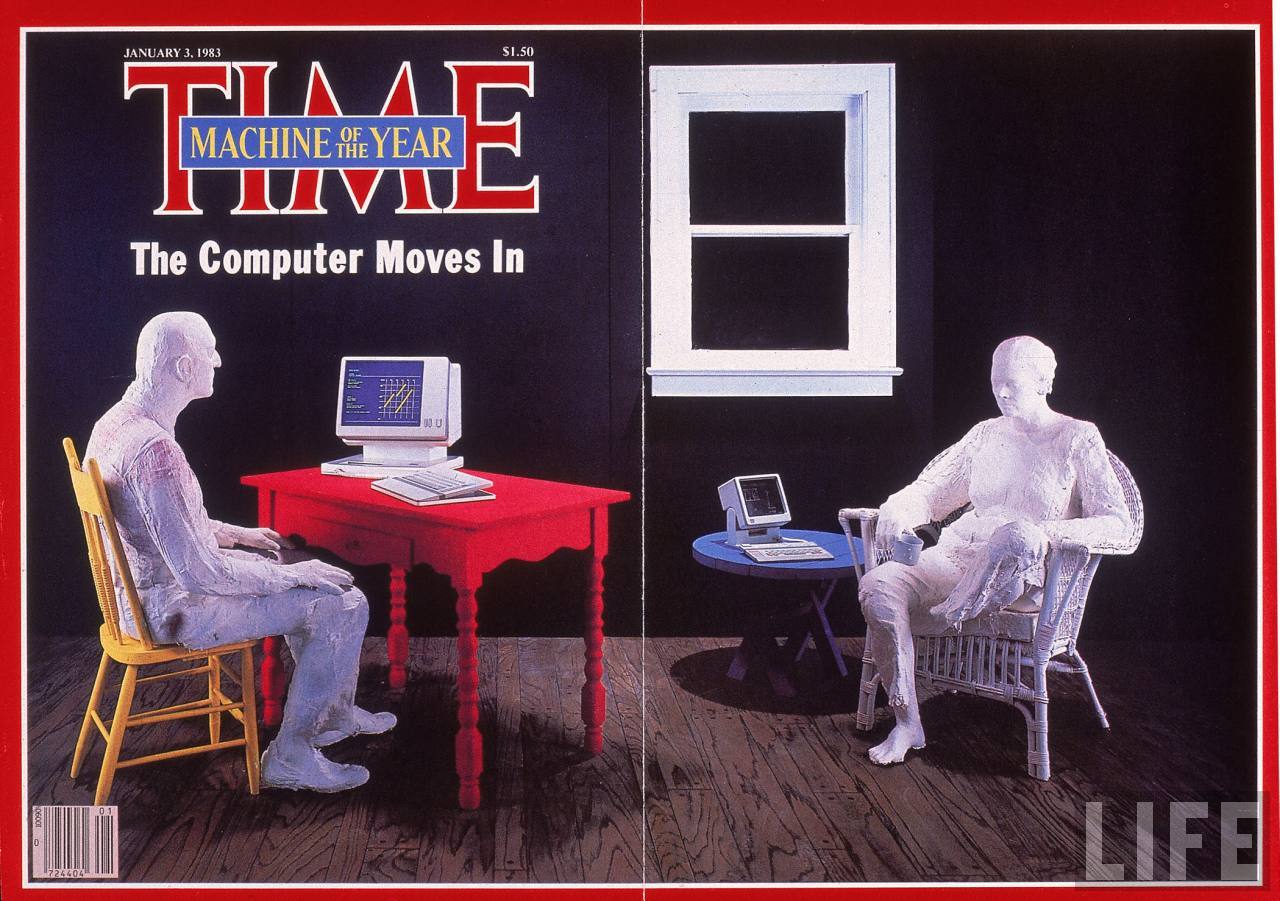
 December 26, 1982: Time magazine names the personal computer its “Man of the Year.”
December 26, 1982: Time magazine names the personal computer its “Man of the Year.”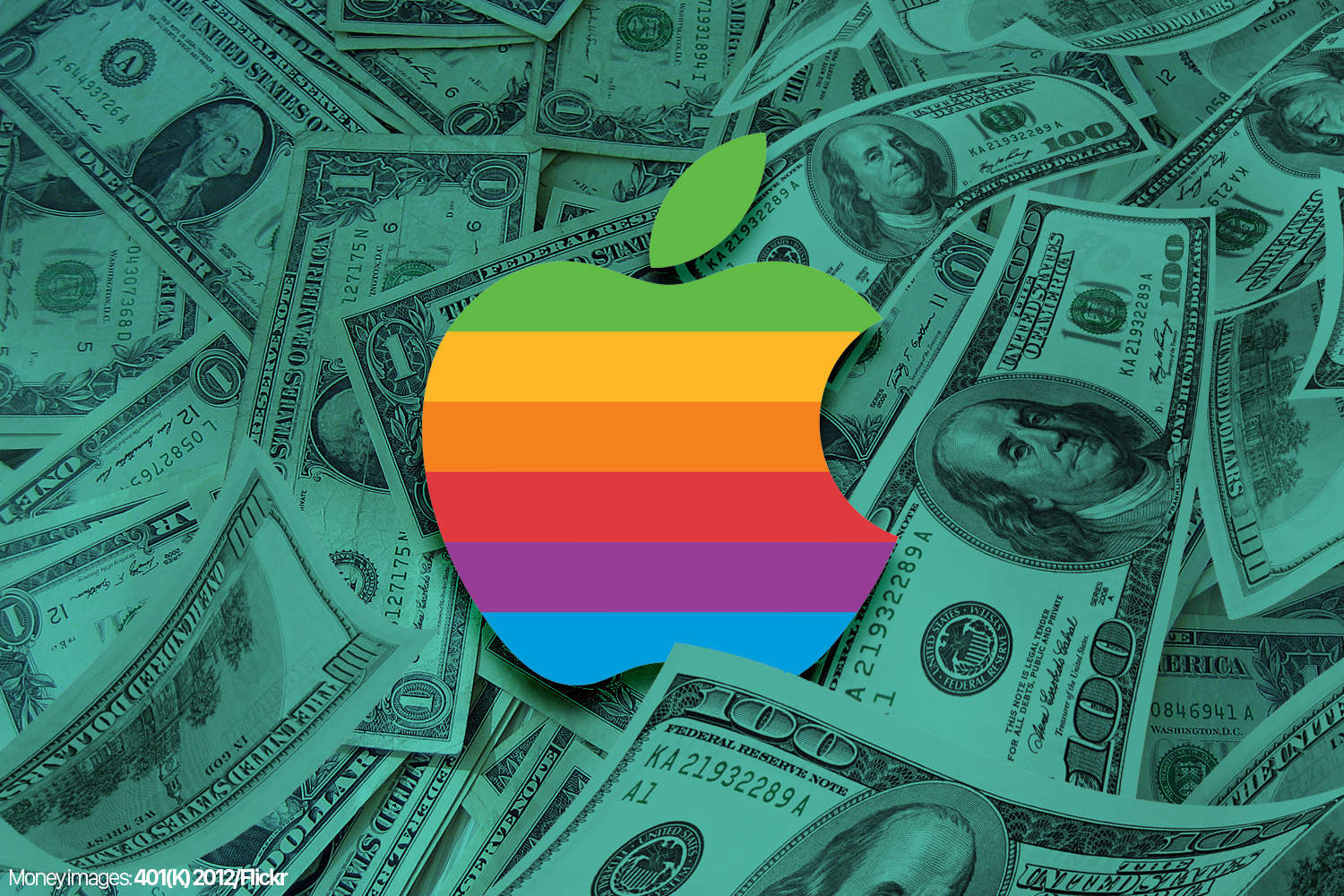
 December 12, 1980: Apple goes public, floating 4.6 million shares on the stock market at $22 per share. The Apple IPO becomes the biggest tech public offering of its day. And more than 40 out of 1,000 Apple employees become instant millionaires.
December 12, 1980: Apple goes public, floating 4.6 million shares on the stock market at $22 per share. The Apple IPO becomes the biggest tech public offering of its day. And more than 40 out of 1,000 Apple employees become instant millionaires.
 December 1, 1981: After the disastrous rollout of the “next-gen” Apple III the previous year, Apple corrects the computer’s most glaring hardware faults and relaunches it. The revised edition of the Apple III
December 1, 1981: After the disastrous rollout of the “next-gen” Apple III the previous year, Apple corrects the computer’s most glaring hardware faults and relaunches it. The revised edition of the Apple III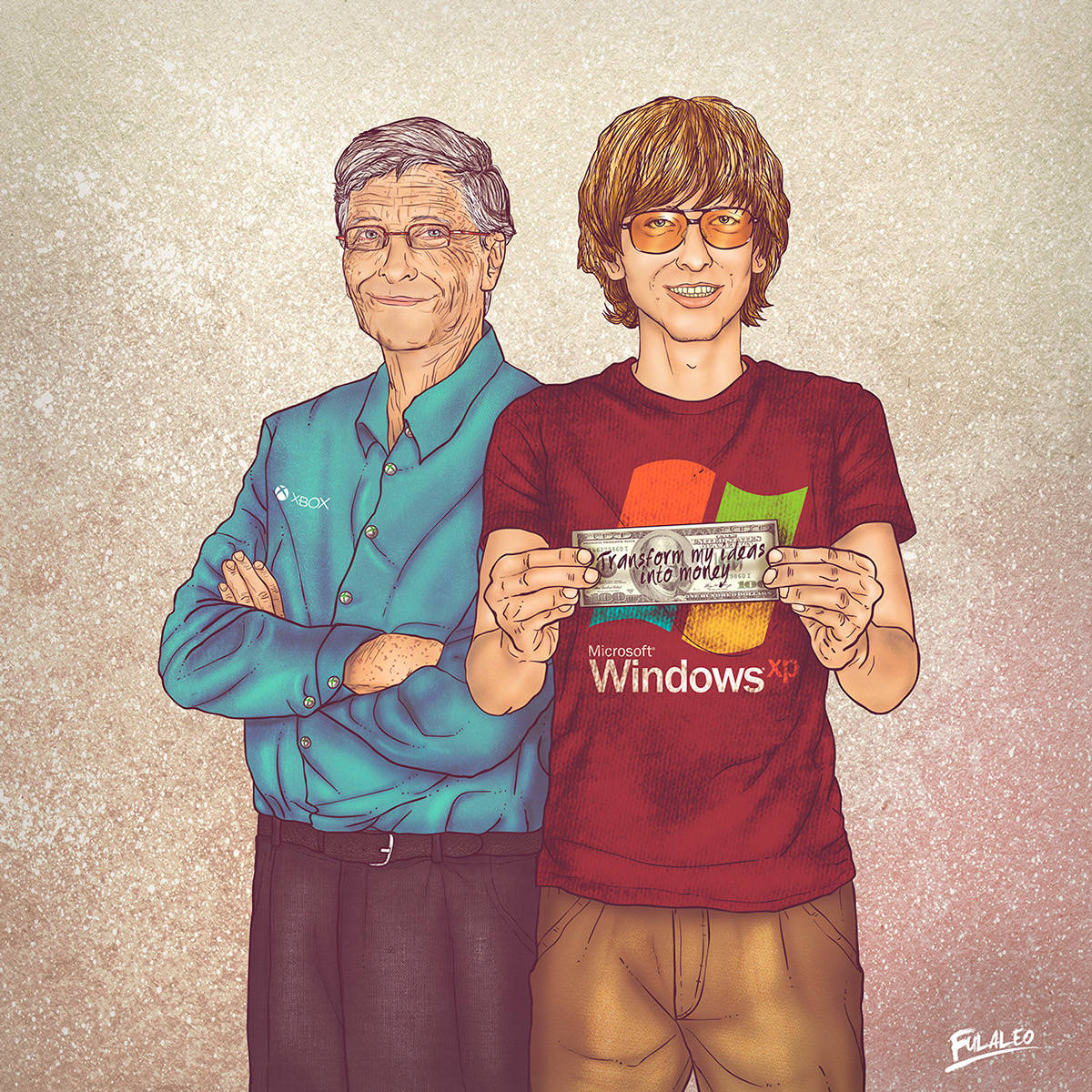
 November 26, 1984: “The next generation of interesting software will be done on the Macintosh, not the IBM PC,” predicts Microsoft co-founder Bill Gates in a BusinessWeek cover story. Gates’ praise for the Mac would seem almost unthinkable coming out of Gates’ mouth just a few years later.
November 26, 1984: “The next generation of interesting software will be done on the Macintosh, not the IBM PC,” predicts Microsoft co-founder Bill Gates in a BusinessWeek cover story. Gates’ praise for the Mac would seem almost unthinkable coming out of Gates’ mouth just a few years later.